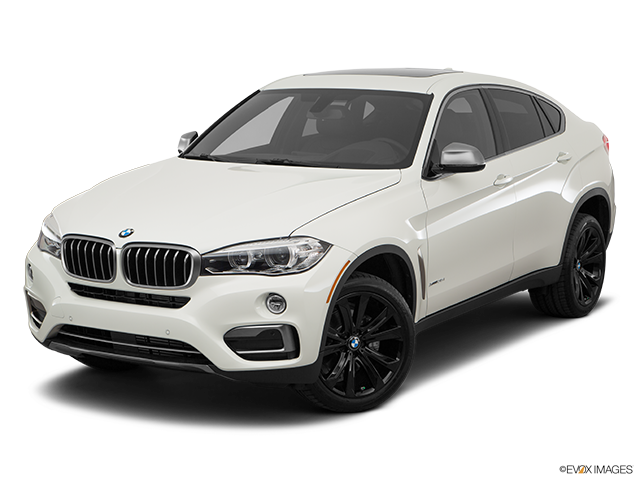2017 BMW X6 SUV FWD
Safety Ratings.
NHTSA’s 5-Star Safety Ratings help consumers compare vehicle safety when searching for a car. More stars mean safer cars.
Combines Side Barrier and Side Pole Star Ratings into a single side rating.
Combines Side Barrier and Side Pole Star Ratings into a single side rating.
The Rollover Resistance test measures the risk of rollover in a single-vehicle, loss-of-control scenario.
1 Complaints
TL* THE CONTACT OWNS A 2017 BMW X6. THE CONTACT RECEIVED NOTIFICATION OF NHTSA CAMPAIGN NUMBER: 19V823000 (CHILD SEAT) HOWEVER, THE PARTS FOR THE RECALL REPAIR WAS NOT YET AVAILABLE. THE CONTACT STATED THAT THE MANUFACTURER HAD EXCEEDED A REASONABLE AMOUNT OF TIME FOR THE RECALL REPAIR. AN UNKNOWN DEALER WAS CONTACTED AND IT WAS CONFIRMED THAT THE PART WAS NOT AVAILABLE. THE MANUFACTURER WAS MADE AWARE OF THE ISSUE. THE CONTACT HAD NOT EXPERIENCED A FAILURE. VIN TOOL CONFIRMS PARTS NOT AVAILABLE.
2 Recalls
BMW North America, LLC (BMW) is recalling certain 2017 BMW X5 M and BMW X6 M vehicles. The vehicles are equipped with 21-inch tires, however the Tire Information Label states that the vehicles are equipped with 20-inch tires. As such, these vehicles fail to conform to Federal Motor Vehicle Safety Standard (FMVSS) number 110, "Tire Selection and Rims."
Owners may also contact the National Highway Traffic Safety Administration Vehicle Safety Hotline at 1-888-327-4236 (TTY 1-800-424-9153), or go to www.safercar.gov.
BMW of North America, LLC. (BMW) is recalling certain 2015-2019 X6 sDrive35i, X6 xDrive35i, X6 xDrive50i, and X6M vehicles equipped with rear seat lower anchor bars used in securing child restraint seats. The lower anchor bars may become damaged over time when used with an ISOFIX-type, rigid-style connector, child restraint system.
Owners may also contact the National Highway Traffic Safety Administration Vehicle Safety Hotline at 1-888-327-4236 (TTY 1-800-424-9153), or go to www.safercar.gov.
Get started for free
Get a free preview of the report


Combines Driver and Passenger star ratings into a single frontal rating. The frontal barrier test simulates a head-on collision between two similar vehicles, each moving at 35 mph.